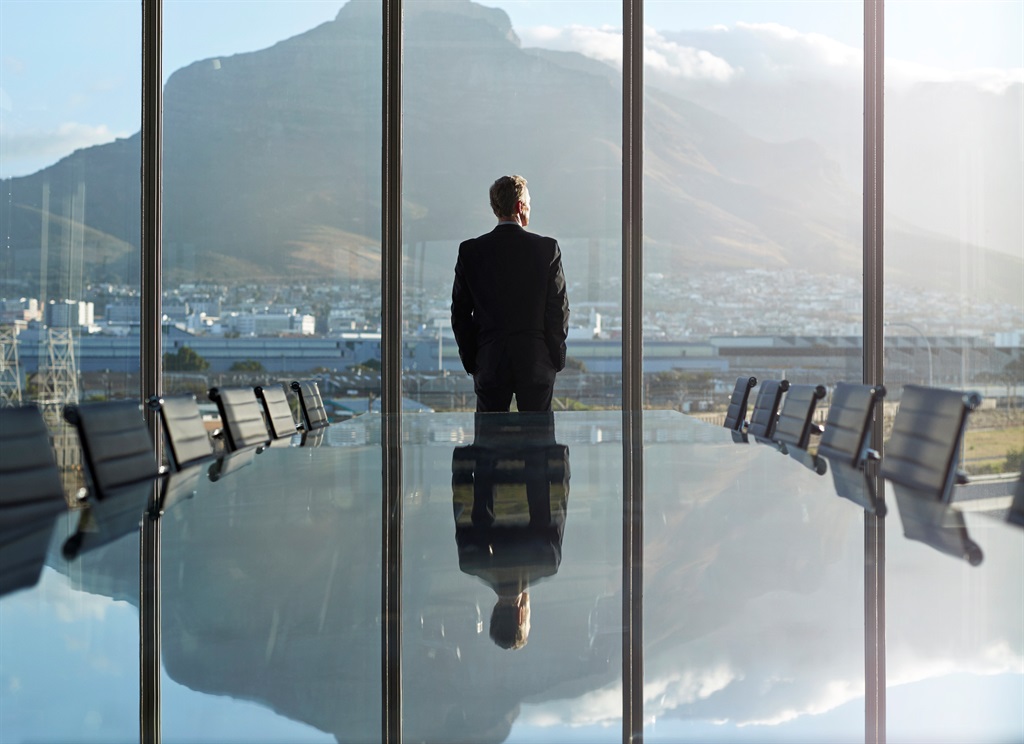
Research has shown that many popular office layouts contribute to stress and can impact both productivity and employees' perception of teamwork, writes Linda Trim.
- Get the biggest business stories emailed to you every weekday, or go to the Fin24 front page.
As employees slowly return to the office, many companies would benefit by looking to an often-ignored aspect of the workplace to lure them back: office design.
They have work to do.
Many employees prefer working from home, not only because it eliminates the unpredictable and time-consuming commute, but also because home is often a much more pleasant place to get things done than an office. It’s brighter, more physically comfortable, more customised to their temperature and lighting preferences. It’s often less distracting. They can get things done.
Fortunately, there is extensive research that offers a road map for companies looking to reconfigure existing or new spaces to better meet their employees' needs, and make them happier, healthier and more productive in the office.
There may not be any place quite like home, but offices can come a lot closer than they usually do by moving away from the rows and rows of desks under poor lighting, giving offices a "sweatshop" feel.
But these common office configurations have managed to survive, so the question now isn’t how to kill them, but instead how to improve them.
Essentially, if people see a lot of colleagues in front of them, it is distracting. If people know lots of people are behind them, they felt both left out and unsettled because they didn't know what was happening behind them.
Designers must avoid row after row of facing desks, which maximise desk density but leave some groups facing a wall while their colleagues stare at their backs.
Additionally, free-standing dividers, meeting rooms, whiteboards and walls that are movable can serve to interrupt long visual fields, thereby lowering the number of desks in view.
Small, intimate team areas, where colleagues can see their closest team members, but not permanently peer at people with whom they are not directly working, could help build team cohesion and increase productivity.
Quiet please
Office noise reduces psychological well-being when compared to a quieter environment.
That’s likely to become a bigger problem in a post-Covid-19 world, where companies are giving up space and cramming in more desks to accommodate fewer workers coming into the office.
Open-plan offices don’t have to be so annoyingly noisy.
They can employ features such as fabric and wall partitions to reduce noise. Other people talking is what really annoys workers the most.
Other clever ways to keep distracting noises to a minimum include rugs, floor lamps, sofas and other soft objects dampen noise and give a sense of calm - just like a home.
Dead silence isn’t ideal because then you can hear a pin drop, which is also distracting. There is a certain level of noise that is good for creativity. To achieve an optimal workplace, offices should potentially offer discrete areas that provide different levels of noise—quiet areas and white-noise areas—to suit various tasks and activities.
Add nature
In addition to making an office feel more like a home’s interior, companies should make it feel more like a home’s outdoor living space, too. Designers call this biophilic design, and its aim is to reconnect workers with the natural environment through views, plants, natural materials, daylight, fresh air and even the sounds of nature.
Biophilic office settings reduce stress and improve cognitive performance.
Some levels of biophilic design can be inexpensive and simple, such as hanging photographs of forests and lakes. In addition, it should include a richness of natural materials for furniture and surfaces, as well as many plants.
Designing office spaces for workers’ health also includes creating opportunities for unplanned, face-to-face interactions, which can lead to more collaboration—not to mention a more social, and potentially more fulfilling environment.
Simple changes can make a profound difference to the office environment and make people simply want to come back.
Linda Trim is a director at design consultancy Giant Leap. Views are her own.




 Publications
Publications
 Partners
Partners












